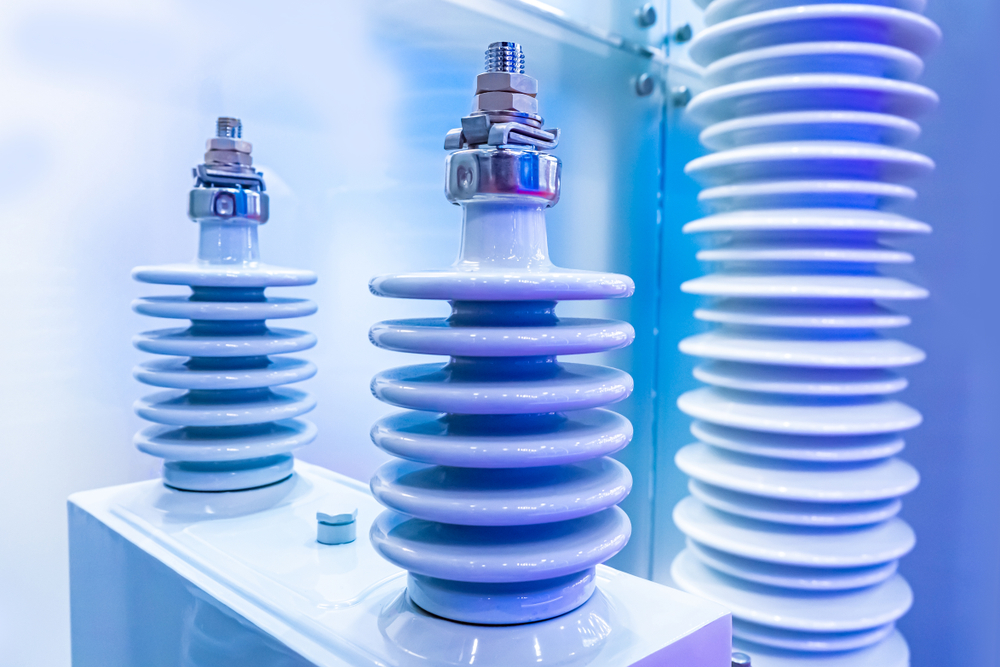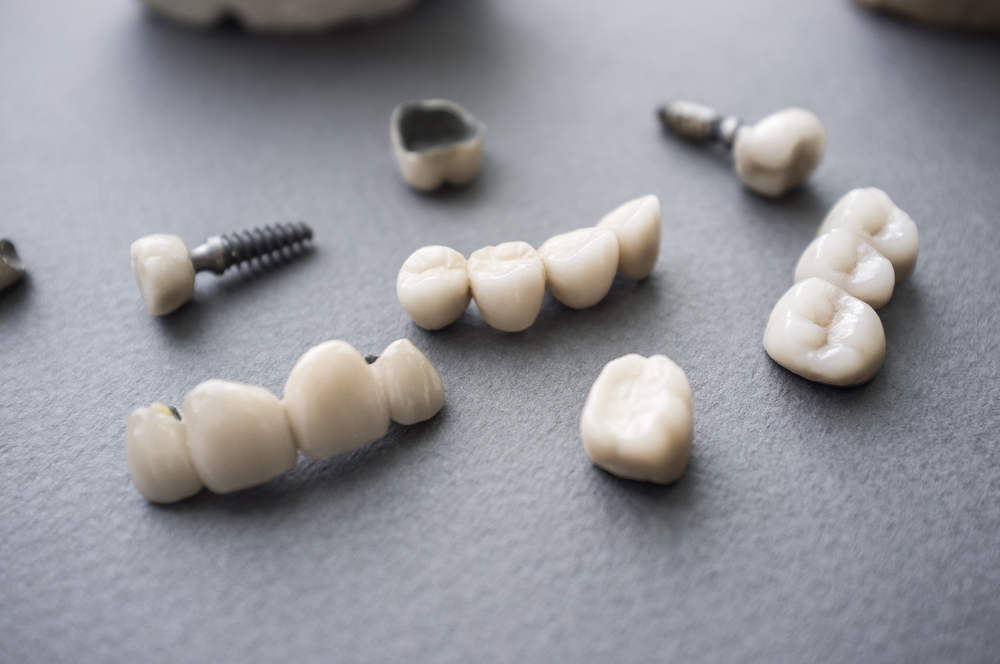When it comes to manufacturing that demands precision, complexity, and high-performance in its components, few can beat the technology of Ceramic Injection Molding (CIM). Unlike traditional ceramic manufacturing methods, such as pressing or extrusion, CIM combines the advantages of plastic injection molding with the superior properties of ceramics.
The result is the possibility to create versatile and intricate shapes that are impractical and, in some cases, impossible to reach with traditional ceramic processing methods. In today’s guide, we’ll take a look at how CIM shapes manufacturing today with the production of complex geometrical shapes that other methods struggle with.
Why is injection molding preferred over other processes?
It’s no secret that ceramic injection molding is becoming more popular across various industries and that ceramics are widely replacing plastics in high-performance uses. But another important aspect to consider is that CIM allows for intricate designs that are nearly impossible to replicate with traditional methods.
This versatility and precision in design ultimately made it possible for the mass production of ceramic parts, resulting in an enhanced product development efficiency in various sectors. But what makes CIM intricate shaping stand out over other ceramic manufacturing methods? Let’s take a closer look.
Complex geometries
This method makes designing complex shapes possible in a way that traditional ceramic manufacturing, such as pressing or slipcasting, couldn’t match. From internal cavities and intricate channels to undercuts and lattice structures, CIM can seamlessly meet the demands of precise geometry without having to rely on secondary methods.
Near-net shape manufacturing
Near-net shape manufacturing refers to the concept of components coming out of the mold very close to their final dimension. And CIM does exactly that. This greatly reduces the need for a finishing procedure that can prove time-consuming, expensive, and risk damaging delicate features.
High precision
In medical devices and electronics, precision can mean the difference between optimal performance and compromised functionality. By carefully controlling temperature, design, and injection pressure, manufacturers can produce parts with unparalleled precision. On top of that, CIM allows a high degree of repeatability, making mass production of complex, precise components possible without sacrificing quality.
Miniaturized components
As ceramics are brittle and prone to cracking, other manufacturing methods often struggle with small-scale parts. The flowable feedstock used in CIM allows shaping of even the smallest designs without the risk to integrity, which is especially valuable in microelectronics, precision sensors, or other miniaturized components.
Consolidating multiple parts
Another aspect where CIM wins over conventional methods is the production of separate components into a single, molded product. This consolidation greatly reduces the amount of time spent on assembly, while at the same time reducing the risk of weak points. By putting complex components together, engineers can streamline the production costs and not have to rely on separate processes to reach sophisticated results and mechanical integrity.
Where to find high-quality ceramic injection molding?
As a tried and trusted technical ceramic manufacturer with over 30 years of experience in the industry, Wonder Mold is the top choice for advanced molding. With an unrelenting commitment to quality, state-of-the-art equipment, and a focus on delivering high-quality solutions in California or anywhere in the world.
Our skilled team of engineers will meticulously go through the material selection process and ensure that manufacturing goes smoothly, so that results exceed expectations and pass quality control checks each and every time. Reach out today at sales@wundermold.com or give us a call directly!

